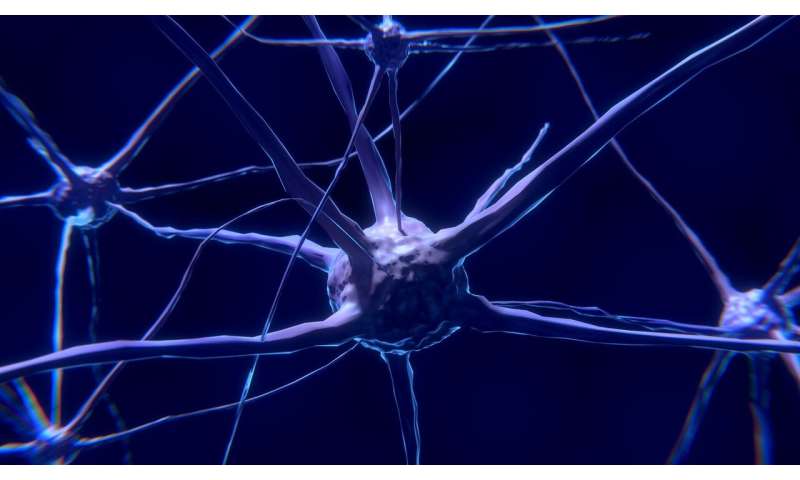Cheap zelnorm supreme suppliers no prescription

One challenge facing researchers who study brain diseases is that for understandable reasons it is difficult to obtain human brain tissue for experiments. For that reason, experimental models are used, such as rodent studies, but one problem is that these often cannot be directly translated to human conditions.
However, sometimes researchers get the opportunity to study donated brain tissue from patients who have undergone surgery for the treatment of epilepsy. The tissue can then be used to investigate if it is possible to affect the seizure-like activity, and try new treatments. However, this resected tissue rapidly loses its viability.
Just over a year ago, researchers at Lund University in Sweden developed a method that solves this problem, making it possible to keep and use human brain sections alive in a more standardized way. The result is that donated brain tissue can be studied for 48 hours, compared with the previous 12. This longer period means, among other things, that the researchers can study the effect of different gene therapy treatments on the tissue, and that more data is obtained from a small number of patients.
“This provides a unique opportunity to test new treatments, as we get so close to the actual condition in the patient, without conducting the experiment directly on the patient,” says My Andersson, who leads a research team at the Epilepsy Centre at Lund University and who led the development of the method.
The researchers have now used this method to test a neuropeptide, NPY, which in previous rodent studies was shown to alleviate seizures in a drug-resistant variant model of epilepsy, a form of the disease that cannot be treated with available medicines.
“We saw that the neuropeptide also reduced seizures in human brain tissue, which is an important step forward,” says Merab Kokaia, professor and leader of the peptide study at Lund University.
The neuropeptide helps to maintain the balance, homeostasis, in the brain, which among other things means that the peptide is released during an epileptic seizure and can reduce it—acting like a circuit breaker.
“What we want to do now is to see if we can use gene therapy to insert an extra gene for the peptide in affected patients and thereby reduce the excitability that leads to the epileptic seizures,” explains Merab Kokaia.
The idea is to use viral vectors to deliver the gene for the neuropeptide in order to treat the area in which the epilepsy arises. The genetic material of the viruses is emptied and replaced with the gene that produces the neuropeptide. The researchers hope that these viral vectors can deliver the gene that produces the neuropeptide to the right place in the brain—a bit like a Trojan horse.
“There is still a long way to go before we know if it works well enough so that the peptide can be used as a treatment for drug-resistant patients, but as we have now seen that it works in human epileptic tissue and in gene therapy studies in animals, we have reason to continue working on this track,” says Merab Kokaia.
The method that enables the brain tissue to live longer could be used by other researchers to validate if other promising molecules have the same effect in human brain tissue as they have in laboratory tests.
Source: Read Full Article
